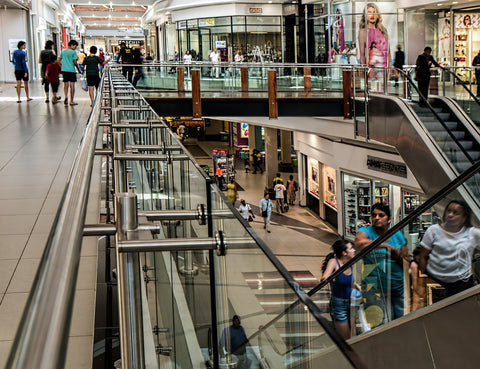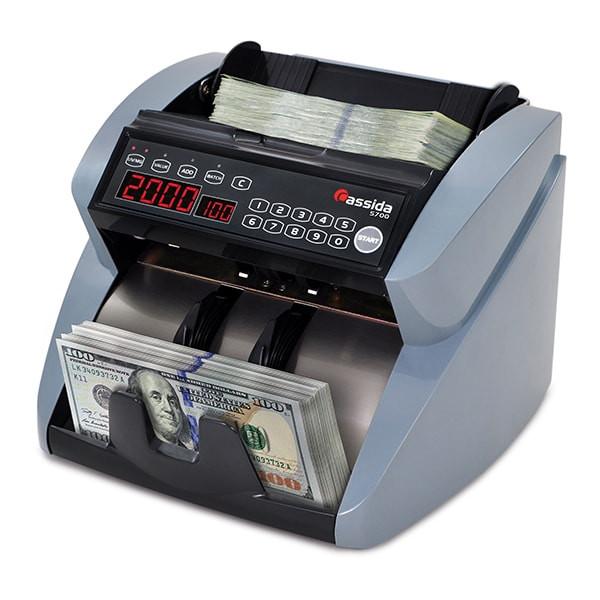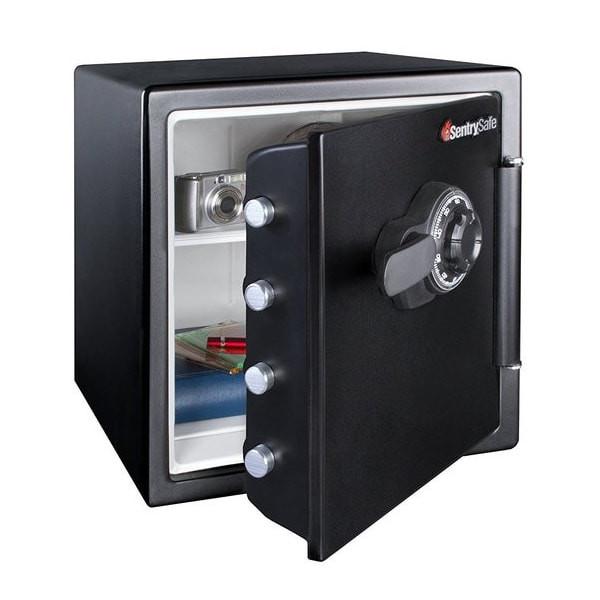Effective Strategies To Protect Your Business From Theft

There are a lot of advantages associated with owning a business, but there are some potential downsides too; namely, theft.
If you are a business owner who sells products of any kind, you are at risk of having inventory stolen from the general public. Of course, you want to give your clientele the benefit of the doubt, but unfortunately, there are people out there who steal, and your business may be a spot that they are interested in.
Theft can cause havoc for a business. Not only can it cause significant revenue loss, but it can also make you feel defiled. Essentially, when someone steals a product from your business, they are stealing money out of your pocket, which is something that nobody wants to contend with.
By creating a theft prevention plan, you can guard your assets and reduce the risk of theft. How can a business owner prevent theft? Here are some strategies that have proven to be highly effective.
Protecting from External Theft
External theft refers to theft by consumers who enter your store, i.e.; shoplifters. Each year, countless businesses lose billions of dollars as a result of external theft. Here are some tips that will allow you to reduce the chances of shoplifting in your business.
Step Up Your Customer Service
Train your staff to provide outstanding customer service. When your employees are attentive to your customers, they will encourage legitimate customers to purchase the items you sell and deter shoplifters from stealing. When your employees are attentive, they can keep a watchful eye on the people who are coming in and out of your store, which reduces the risk of theft. Plus, it helps to develop a better reputation for your business, which will increase your sales.
Install a Security Camera
This may seem like a common sense way to reduce theft, but the truth is, many business owners do not use security cameras, as they believe that it is an unnecessary cost. And, those who do have security cameras do not monitor them, which means that theft can still occur.
Make sure your cameras are positioned in locations where shoplifters could “hide” their theft. Also, be sure to monitor your cameras. Not only should you keep tabs on them, but you should also consider having an external security company monitor them.
Reduce Blind Spots
Blind spots are locations within your store that are not easily visible to your staff; a corner that cannot easily be seen from the cash register because it is blocked by racks of clothing, for example. Thieves look for these blind spots because they are the ideal place to “hide” what their unlawful actions.
Organize the layout of your store so that you and your employees can easily see all locations. Install security mirrors so that you can monitor blind spots, which will allow you to keep tabs on potential theft and will also let shoplifters know that they are being watched.
Use a Counterfeit Money Detector
Theft doesn’t only occur when shoplifters steal inventory from your store; it also occurs when people pay with counterfeit money. If you let counterfeit bills into your register, you could stand to lose a substantial amount of money.
You might think that it’s easy to detect counterfeit bills, but the truth is, it’s often very difficult to tell the difference between fake and real currency. With a counterfeit money detector, you simply have to pass the cash through the machine; the machine will notify you of the status of the tender. For example, if the money is real, a green light that reads “pass” will illuminate, but if it is fake, a red light and an audible sound will let you know that the bill is suspicious.
Keep Your Store Well Lit
A dimly lit store is an invitation to shoplifters. It’s a lot easier to steal when it’s hard for employees or anyone else to see. If your store is well lit, the risk of theft will be reduced significantly.
Lock Expensive Items Up
If your business sells any inventory that has a high price tag, such as technology-related products (laptops, cameras or even video games,) keep them locked up. Have the items placed behind a secure safe with a clear window that shoppers can see through. The only way that people will have access to these products is if they are removed from the safe by an employee.
When a shopper does ask for a product to be removed, train your employees to remain with the customer until he or she either purchases it item or returns it.
Use Security Tags
For expensive items that you can’t lock up, such as clothing and accessories, use security tags. Should any of these items be lifted by a thief, an alarm will sound when the items passes through sensors located at the doors of your store. This will prevent the items from being stolen and allow you to nab the thief.
Protecting from Internal Theft
Unfortunately, the people that you have entrusted to work for you can steal from your business. This type of theft is called internal theft and it includes employee shoplifting, fraud and embezzlement. While it may be difficult to think that someone you trust would steal from your business, it can – and does – happen.
To shield your business from internal theft, employ the following precautions.
Do Thorough Background Checks
Before you hire any employee, make sure you do a thorough background check. Check their work history, as well as any criminal records that they may have. If there have been any instances of theft, you will be in the know and can avoid hiring the individual.
Check Your Inventory
Make sure to do routine inventory checks, including any stock that you have located in a store room. Employees who steal often target store rooms because they are a safe place for them to commit their crimes.
By keeping up on your inventory, you will be able to keep track of the products that you sell and learn whether or not anything is being stolen.
Use Security Cameras
Security cameras not only guard your business from external theft, but they protect it from internal theft, as well. Make sure you monitor the footage the cameras record so you can keep tabs on any unlawful behavior your employees may be committing.
Hold Employees Accountable
Make your employees responsible for the cash drawers that they work with. If the drawers are short at the end of a shift, they will be responsible for paying the difference.




Leave a comment